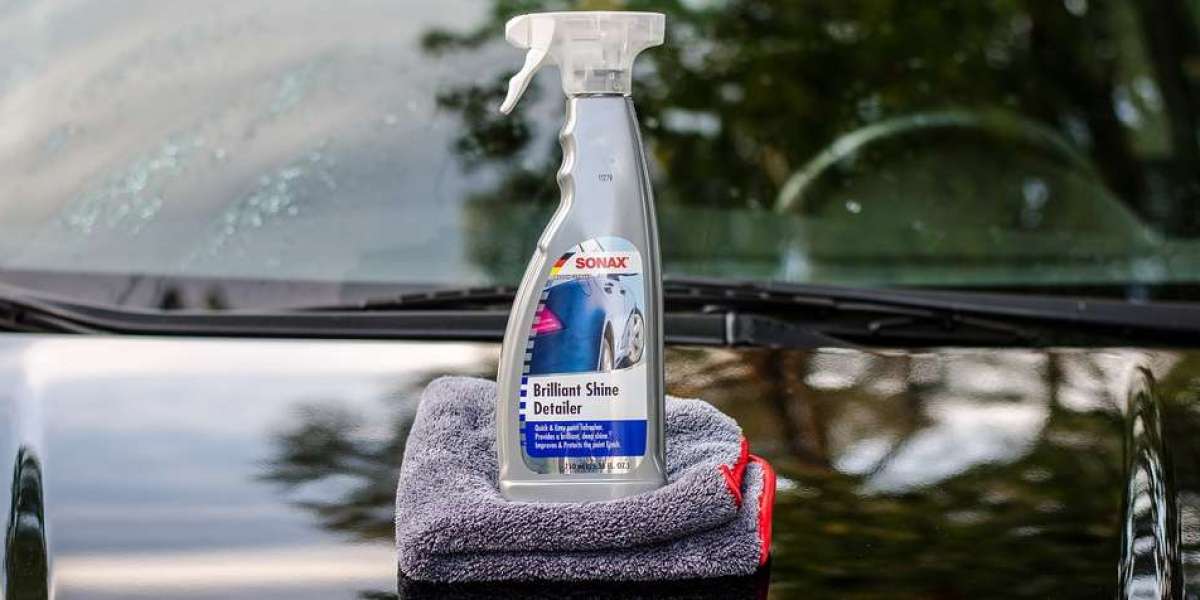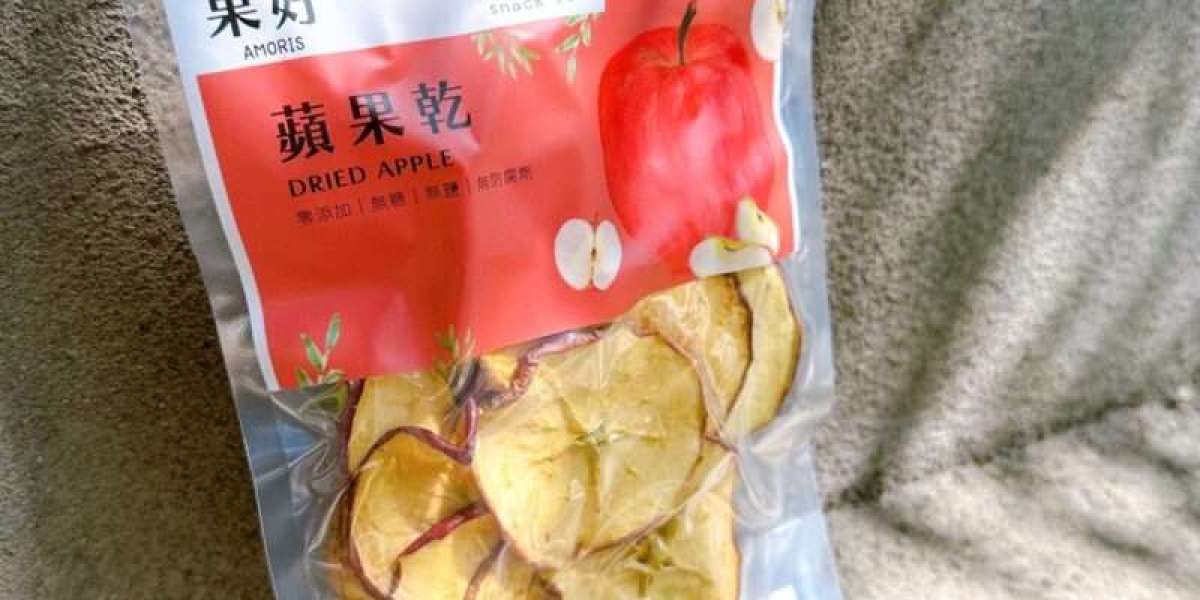Car care products have come a long way, with a wide range of options available to maintain your vehicle's appearance and protect its finish. Two popular products that often come up in the conversation are quick detailers and traditional waxes. Both serve to enhance the look of your car and offer protection, but they differ in application, benefits, and longevity. In this blog, we’ll explore the differences between a quick detailer and traditional wax, helping you decide which is better suited for your car care needs.
What is a Quick Detailer?
A quick detailer is a spray-on car care product designed to quickly clean and enhance your car's surface between full washes or wax sessions. It’s often used for a quick touch-up to remove dust, fingerprints, or light dirt while adding a glossy shine. Quick detailers typically contain a mix of lubricants and polymers that offer some protection and improve the overall appearance of the car without requiring a lot of time or effort.
What is Traditional Wax?
Traditional car wax, whether in liquid or paste form, is a more robust product designed to provide a durable layer of protection over your car’s paint. Waxes typically contain natural ingredients like carnauba, which offers a high level of shine and protection, or synthetic polymers that provide even longer-lasting results. Applying wax requires more time and effort, but the results are usually more durable and offer better protection compared to a quick detailer.
Key Differences Between Quick Detailer and Traditional Wax
- Application Time:
- Quick Detailer: One of the biggest advantages of using a quick detailer is its speed. It’s designed for quick application, taking just a few minutes to achieve a polished look. Simply spray the product onto the surface and buff it off with a microfiber cloth. This makes it an ideal choice for those short on time.
- Traditional Wax: Applying traditional wax is a more labor-intensive process. You need to apply the wax by hand, allow it to dry, and then buff it off. The entire process can take anywhere from 30 minutes to an hour, depending on the size of the vehicle and the condition of the paint. However, the effort results in a more durable finish.
- Durability:
- Quick Detailer: While a quick detailer provides a fast shine, its protective qualities are limited. It’s meant for temporary use, offering protection that usually lasts a few days to a week. A quick detailer is perfect for maintaining your car between full washes or wax applications but is not intended as a replacement for more durable protective products.
- Traditional Wax: Traditional wax provides much longer-lasting protection. A high-quality wax can last anywhere from 6 weeks to 6 months, depending on the type of wax used and environmental factors. The wax forms a protective barrier on the surface of your car, guarding against UV rays, water spots, and contaminants.
- Level of Protection:
- Quick Detailer: While quick detailers offer a small degree of protection, particularly against dust and light contaminants, they don’t provide the same level of defense as traditional wax. Quick detailers may contain polymers or silicones that help repel water and add a slick surface, but their main function is to enhance shine rather than protect the paint.
- Traditional Wax: When it comes to protection, wax wins hands down. Traditional wax forms a solid layer that helps shield your car's paint from harmful elements like UV rays, rain, bird droppings, and road grime. Carnauba-based waxes, in particular, offer excellent heat resistance, making them ideal for sunny climates.
- Gloss and Shine:
- Quick Detailer: A quick detailer is designed to provide a quick boost to your car’s appearance. It adds instant gloss and shine, making it a perfect choice for a quick touch-up before a car show or event. However, the shine provided by a quick detailer isn’t as deep or long-lasting as that achieved with traditional wax.
- Traditional Wax: Traditional wax, especially those containing carnauba, offers a deep, rich shine that enhances the color and clarity of your car’s paint. The wax penetrates the surface, providing a glossy finish that lasts much longer than the temporary shine of a quick detailer.
- Ease of Use:
- Quick Detailer: One of the primary benefits of a quick detailer is how easy it is to use. Even if you’re not experienced with car care, a quick detailer allows you to achieve a polished look in just a few minutes. It requires no special tools or techniques.
- Traditional Wax: Applying wax requires a bit more skill and effort. You need to know how to properly apply and buff off the wax without leaving streaks or haze. If you’re new to waxing, it can take a few tries to get it right.
When to Use a Quick Detailer
A quick detailer is best used when you need a fast touch-up or a quick shine between washes. It’s especially useful after driving your car for a short time, and it has picked up light dust or fingerprints but doesn’t need a full wash. Quick detailers can also be used on various surfaces, including glass, chrome, and plastic, adding to their versatility.
For instance, if you're getting ready for a night out or a short drive, a quick spritz of a quick detailer can help bring out that showroom-quality finish with minimal effort. It's also ideal for car shows where you want to give your vehicle a final polish before showcasing it.
When to Use Traditional Wax
Traditional wax should be part of your car care routine when you want long-lasting protection and a deep shine. If your car is regularly exposed to the elements, such as harsh sunlight, rain, or pollution, waxing can provide the protective barrier your paint needs. It’s recommended to apply traditional wax every few months, depending on how often you drive and the conditions your car faces.
Wax is also a great option if you’re preparing your car for a special event or season, as it provides superior protection against the elements and enhances the vehicle's appearance.
Quick Detailer or Traditional Wax: Which is Right for You?
The choice between a quick detailer and traditional wax largely depends on your specific needs and how much time you want to dedicate to maintaining your car. If you’re looking for a fast, convenient way to keep your car clean and shiny, a quick detailer is the way to go. It’s perfect for in-between maintenance or quick touch-ups when time is short.
On the other hand, if you’re seeking long-term protection and a deeper shine, traditional wax is the better choice. While it requires more time and effort, the results are well worth it, particularly for protecting your car from the elements and maintaining its value over time.
For more information on how to incorporate a quick detailer into your car care routine, check out our related guides and tips.



